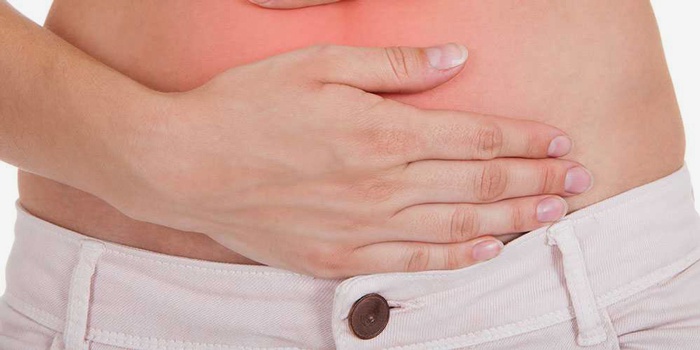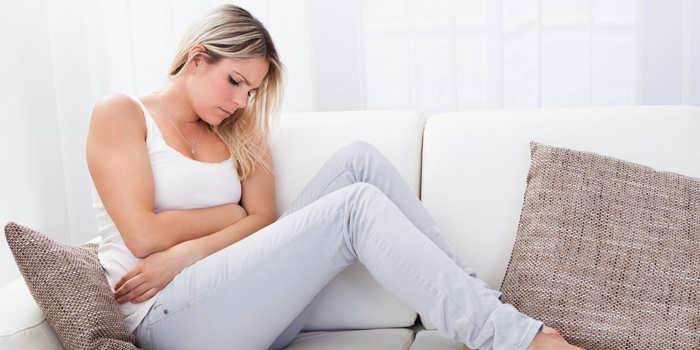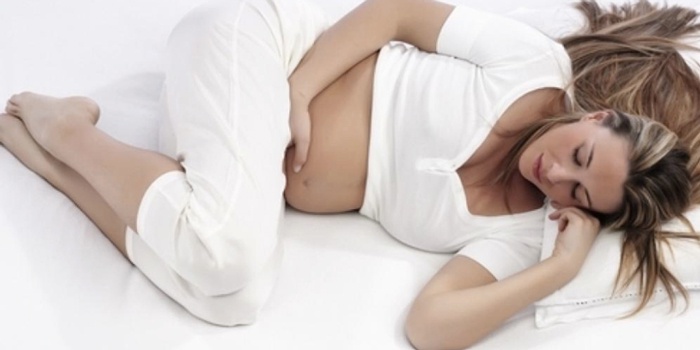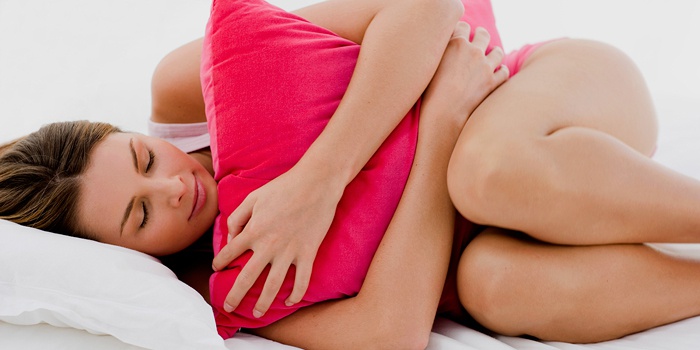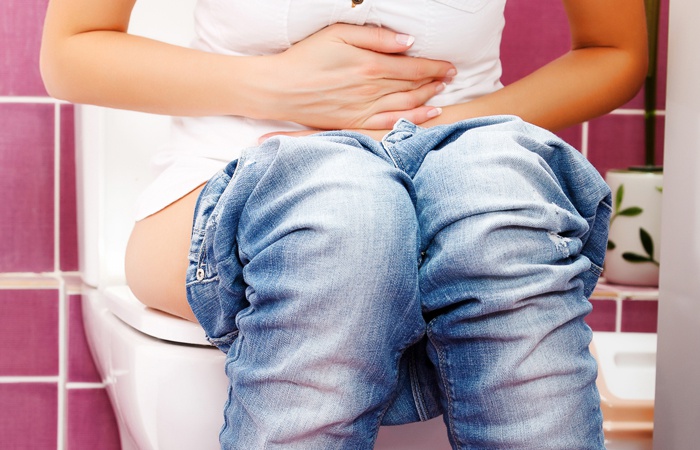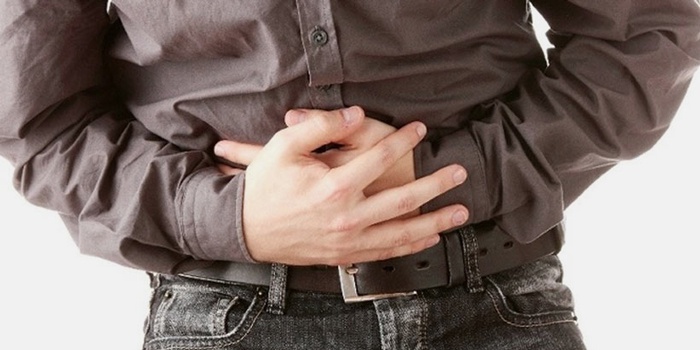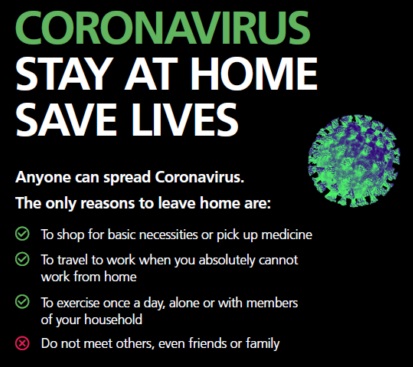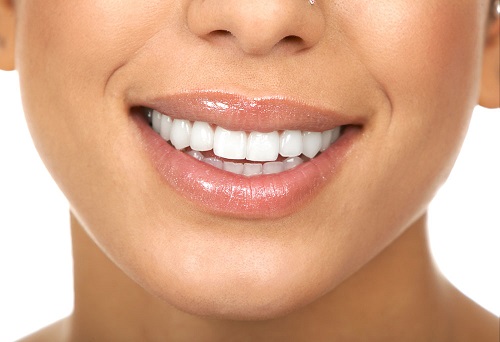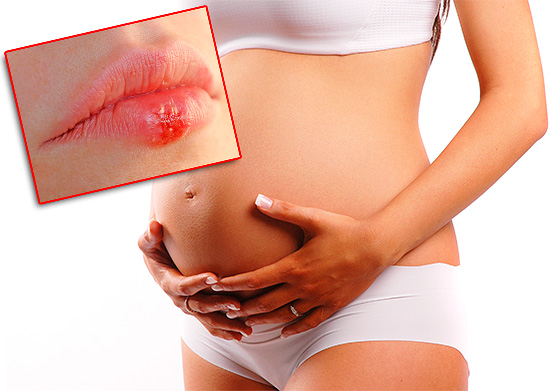Content
- Causes of pain in the lower abdomen on the right and left
- Pain in the lower abdomen in women
- Diseases causing pain in the lower abdomen in men
- What to do with acute pain
The abdomen is one of the vulnerable sections of the human body. Pain in its lower part warns a person about the occurrence of serious diseases. Despite similar symptoms, the sources of pain in men and women can be varied. To the question of why the lower abdomen hurts, one should look for an answer from doctors – surgeon, gastroenterologist, gynecologist. urologist.
Causes of pain in the lower abdomen on the right and left
Most people who feel pain on the right or left side of the abdomen are limited to taking painkillers, forgetting about its root cause. Such carelessness can lead to negative consequences, because, proceeding secretly, in the future, the disease can acquire a chronic form. In order to understand why the lower abdomen hurts, you should learn to distinguish between the symptoms of a disease. Pain on the right occurs with the following ailments:
- Appendicitis. A dangerous disease that requires immediate surgery. With appendicitis, a dull acute pain can occur, and sensations can begin above or below the focus and eventually move to the cecum zone. The causes of this disease can be caused by different sources: harmful organisms, allergens, viruses and others.
- Pancreatitis Inflammation of the pancreas, accompanied by constant and intense pain on the right or left side of the lower abdomen, depending on the location of the source of inflammation. Symptoms
- Temperature.
- Vomiting.
- Dyspnea.
- Bloating.
- Pale complexion.
- Diarrhea.
- Cholecystitis is a process of gallbladder inflammation. The disease is mainly of bacterial origin. It is characterized by aching and non-intense pain with short seizures, the causes of which can be food errors, exacerbating spasms of the gallbladder (carbonated and alcohol-containing drinks, fried foods, eggs and others).
- Thanks to the diagnosis of doctors, it becomes clear why the lower abdomen constantly hurts, and diseases such as:
- The presence of parasites in the body.
- Jaundice.
- Colitis.
- Hemorrhoids, constipation.
- Bowel infection.
- Injuries.
- Bleeding.
- Neurological diseases.
Pain in the lower abdomen on the left can cause problems with the spleen (cysts, abscesses, tumors, enlargement, inversion, congenital malformation). Diseases of this organ often result from infections such as mononucleosis or typhoid fever. Diseases associated with the spleen should not be left to let it drift categorically – it may rupture, accompanied by severe pain.
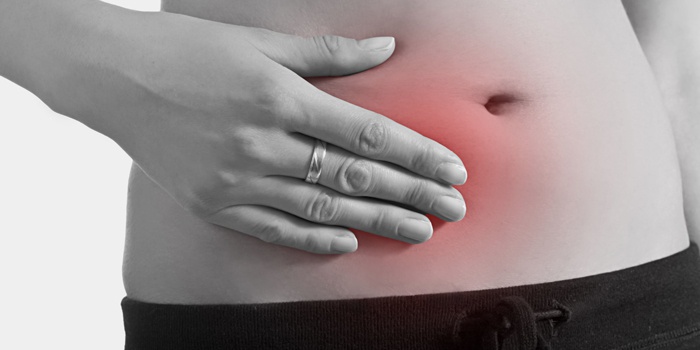
Unpleasant sensations in the lower left abdominal segment can cause gastritis or an ulcer. Gastrointestinal tract disorders cause aching pain and symptoms such as burning, nausea, loss of appetite, mild diarrhea. In rare but extremely dangerous cases, cutting pain in the left side is caused by damage to the pancreas, inflammation of the large intestine or bladder. Doctors in such cases claim that it’s difficult to get rid of the disease on their own, and are advised to urgently visit the hospital.
One of the sudden manifestations of pain in the lower abdominal region is an infringement of an inguinal hernia. This condition occurs as a result of excessive physical exertion or stress. Primarily pulsating pain is localized in the lower sections, and then spreads to the entire abdominal cavity, and it becomes difficult to determine the site of pain. In the first hours of the appearance of a hernia, the patient’s condition worsens sharply, a pulling sensation appears in the anus, loose stools, vomiting, dizziness, a characteristic compaction in the side and pain during movement.
Pain in the lower abdomen in women
Almost every woman in her life is tormented by the question: why does the lower abdomen often hurt? One of the most common causes of discomfort in women is menstrual pain, but there are a number of other reasons why ladies turn to specialists in the field of gynecology with pain in the abdominal cavity. Climax – one of the causes of pain – is accompanied by fever and chills, heaviness in the chest, pains of the head, joints, drowsiness, fatigue. Conventionally, the causes of pain are divided into two categories: organic and functional.
The first group includes:
- Menstrual irregularities.
- Pain associated with ovulation.
- Menstrual stasis in girls and women.
Organic causes include:
- Genital diseases (ovarian cyst, endometriosis, adnexitis).
- Pathologies of the urinary system and gall bladder (pyelonephritis, cholecystitis).
- Pregnancy Health Status.
During pregnancy
The birth of the embryo and the subsequent bearing of the child at any stage after conception is accompanied by painful processes and discomfort. In the early stages of pregnancy, the lower abdomen usually hurts due to changes in the body at the physiological level. The body of the fair sex begins to rebuild – intrauterine tissues soften under the influence of hormones, and the uterus shifts and stretches.
Later (in the remaining six months), pulling pains in the lower abdomen during pregnancy and in the middle arise due to the fact that the child becomes larger, begins to “move” other organs of the abdominal cavity. At this stage, during gestation, the abdominal muscles stretch significantly, the intestines move, which makes it more difficult to cope with their direct duties. In this regard, there are pains in the form of tingling on the left, but doctors say that this is a normal process and you should not worry.
Aching pain in the lower abdomen during pregnancy does not always mean pathology, but if it is frequent, similar to contractions, intense, you should urgently visit a doctor, because there is a chance of a miscarriage. Unpleasant sensations after childbirth can also occur and last for several days – the muscles are released from heaviness, tension, and the pelvic bones return to their normal position.
With menstruation
Frequent pain in the lower abdomen in the vast majority of women occurs during the menstrual cycle. The phenomenon in the medical world is considered quite normal, however, especially severe cramps and long delays can be symptoms of serious disorders, which entails a trip to the gynecologist. If the stomach hurts greatly during menstruation or chest pain – this may be a symptom of a number of such gynecological diseases – endometriosis, uterine cancer, fibroids and others.
Before menstruation, pain occurs due to hormonal changes in the blood – a physiological reason associated with the structure of the body of the fair sex. If pain appears in the period less than a week before menstruation, colic in the lower abdomen is another reason for visiting a doctor, since these are considered symptoms of diseases of the reproductive system, inflammation of the ovaries or hormonal failure, which can occur in the premenstrual period. Pain after the menstrual cycle is a prerequisite for pathologies such as vulvitis, adnexitis and endometriosis..
With ovulation
This phenomenon can also be accompanied by unpleasant sensations in the lower abdomen. Many women do not attach importance to mild, short-term pain, but ovulation is rarely exhausting. If pulling the lower abdomen / lower back, doctors advise taking analgesics as a treatment. The causes of periodic pain in this phenomenon are egg maturation, however, excessive discomfort may be a sign of one of the gynecological diseases, and sometimes cancer.
When walking
Pain in the back and lower abdomen when walking or running can occur for various reasons. Drawing and intermittent sensations, aggravated by movement, are associated with intestinal diseases, exacerbation of appendicitis, gynecological diseases, and injuries after sex. Often, such pains occur in pregnant women in the 2nd and 3rd trimesters, when the uterus is actively growing, thereby causing a change in the center of equilibrium. Many women in a position are ashamed of this, see a negative moment, try to move as before, which causes pain.
When urinating
Pain in the lower abdomen in women during emptying of the bladder is a symptom of diseases of the genitourinary system. The spectrum of ailments with these symptoms is very wide, which forces women to turn to different doctors: urologist, gynecologist, venereologist. Pain during urination is associated with sexually transmitted diseases (STDs), bladder stones, cystitis, and tumors. In such cases, you should not hesitate to go to the doctor in such cases, as serious complications may develop, including infertility.
- STD Gonorrhea is a sexually transmitted disease transmitted through sexual intercourse, the symptoms of which include inflammation of the urethra – purulent urethritis. Brown bloody and purulent discharge, rapid urge, turbid urine are typical for it, and in some cases pus is excreted.
- Urolithiasis disease. The main cause of pain aggravated by movement is the formation of stones in the bladder.
- Cystitis. Women are more likely to suffer from this disease than men (due to anatomical features). It occurs due to inflammation of the mucous membrane of the urethra and spasm of the bladder.
Diseases causing pain in the lower abdomen in men
Not only the fair sex, but also strong and active men suffer from ailments. The pains that occur in men in the lower abdomen are often associated with inflammatory ailments, often chronic. Wandering pain from the lower back to the inguinal region causes inflammation of the testicles and their appendages. Painful sensations that occur in the lower abdomen can occur with the development of tumors, prostatitis. Sometimes pains in the lower abdomen in men can talk about diseases such as appendicitis, inguinal hernia, prostate adenoma, diverticulitis, cystitis, gonorrhea, ureaplasmosis.
What to do with acute pain
Sharp, sharp and sudden pain in the lower abdomen is an obvious cause for alarm. When it occurs, it is not recommended to take analgesics, since painkillers complicate the diagnosis and mask the complete picture of the disease. It is recommended that tests and treatment be taken, as well as antispasmodics, but if there is no noticeable improvement after one or two tablets, there is only one correct way – urgently visit a doctor or call an ambulance.






